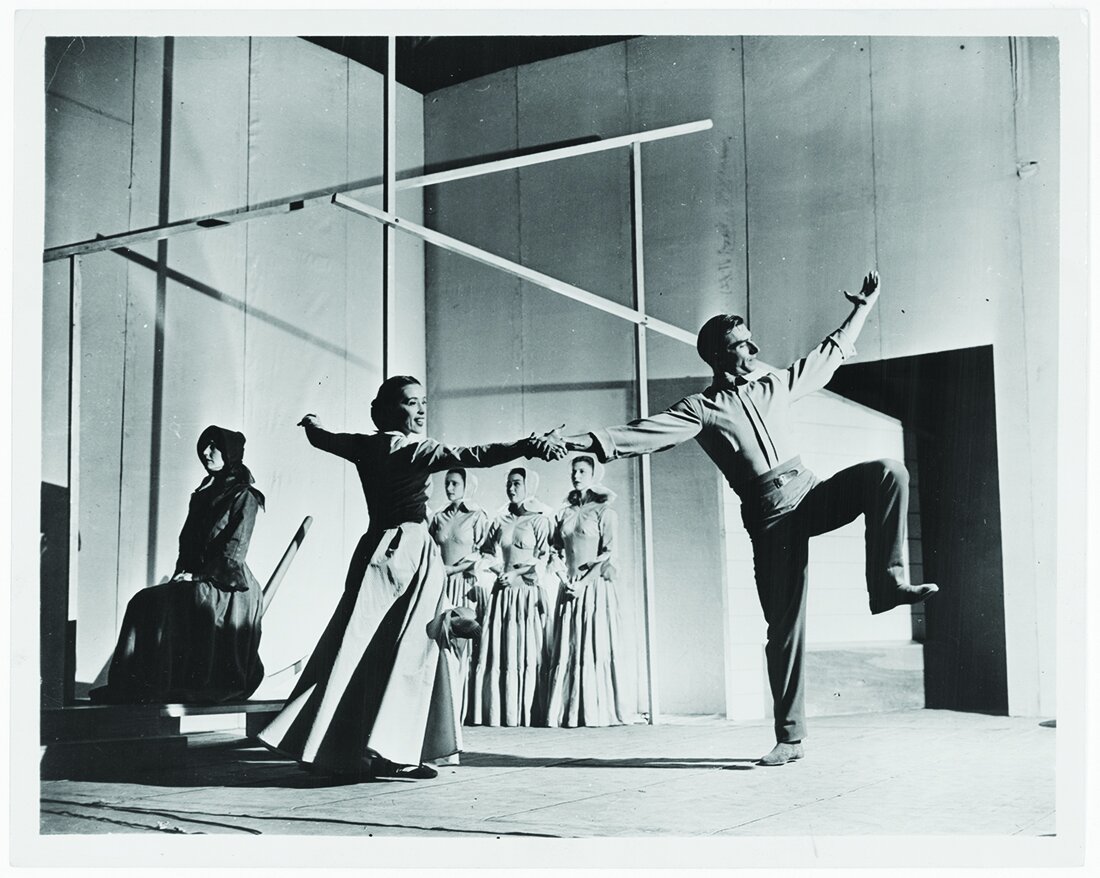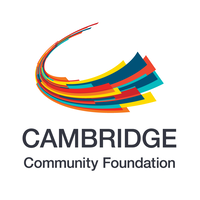Life in Full Color
Sunday, November 14, 2021 at 4 pm | Somerville Theatre
Langkawi Overture, Su Lian Tan (world premiere)
The Three-Cornered Hat, Suites 1 & 2, Manuel de Falla
~~ INTERMISSION ~~
Appalachian Spring, Aaron Copland
Image credit: The Paddy Fields of Langkawi Island / taufuuu (CC BY-NC 2.0)
Langkawi Overture
Langkawi Overture was commissioned by Matt LaRocca for the Champlain Philharmonic. After hearing Langkawi Fanfare, I felt that the materials deserved expansion and seized the opportunity to create a larger work. The concepts combine my passion for orchestral colors and the myths and legends from Malaysia, my original home. Langkawi Island is a gem off the coast of the Malaysian peninsula and the romantic spark which has ignited imagination for the creation of these stories, some which I continue to tell in this work. This piece is the fourth in a series of musical narratives that I have based on the beauty of the land. An internal fanfare resounds in celebration of the formation of the terrain, and achievement through the gods doing battle and the land breaking off from the main body. Through the resonance of Southeast Asian gamelan tropes, Chinese and Western modalities, the work hints at the beginnings of love affairs and other entanglements too, as the battle ebbs.
— Su Lian Tan
Corregidor/Magistrate costume design from Three-Cornered Hat | Image credit: Iberian Style
The three-Cornered Hat, suites 1 & 2
Manuel de Falla was an early-twentieth-century composer born in Cádiz who combined traditional Spanish dances, melodic gestures, and rhythmic patterns from different regions with modern harmonic and developmental techniques similar to those of Claude Debussy and Igor Stravinsky.
Derived from a short novel by Pedro Antonio de Alarcón, the ballet The Three-Cornered Hat was premiered in 1919 at London’s Alhambra Theater, a popular music hall in a lavish “Moorish” style. It was choreographed by Léonide Massine, a Russian dancer who also performed the role of the Miller, and produced by Sergei Diaghilev of Ballet Russes fame, with sets and costumes designed by Pablo Picasso. Set in Andalusia, the plot concerns the young Wife of a jealous Miller who becomes the amorous target of a powerful Magistrate. The Magistrate, who wears the titular hat, conspires to have the Miller arrested so he can pursue the Miller’s Wife; the plot is ultimately foiled by the Magistrate’s own buffoonery.
Some of Falla’s melodies for the ballet are quite closely adapted from traditional songs, and the score additionally draws on the music of Spanish folk festivities in places like Aragon and Navarra. In his appropriation of such influences into a “high art” context of musical modernism, Falla capitalized on the prevailing view of Spanish music as “exotic” due to its strong local traditions and long mutual interaction with Arabic and Romani styles. To match Falla’s musical references, Massine toured Spain in 1917 to learn the movement language of Spanish regional dance; his choreography gave dances such as the fandango, seguidilla, farruca, and jota what Massine later referred to as “a more sophisticated choreographic treatment.”
The two suites from the ballet emphasize the most melodically and rhythmically vibrant excerpts and eliminate some sections that programmatically mimicked the onstage action, as well as a few passages for a solo mezzo-soprano. The suite from Part 1 starts with a brass fanfare (“Introduction”), quickly shifting to the ostinato patterns, shuddering textures, and sighing melodic fragments of “Afternoon.”
We then move attacca to the “Dance of the Miller’s Wife,” a fandango introduced by guitar-like strumming motifs in the strings. An oboe and English horn melody twists sinuously; repeating string swells and woodwind flourishes create moments of harmonic stasis, very much as Debussy had done in La Mer. “The Magistrate” comes onto the scene, represented by a square and staccato bassoon melody. “The Miller’s Wife” answers with sweet strings and a skipping flute solo before transitioning into an episode called “Grapes” in which the Miller’s Wife teases the Magistrate by offering him grapes while avoiding his kisses as if participating in a bullfight.
The second part begins with “Dance of the Neighbors,” a celebration of the traditional midsummer festival, St. John’s Eve. Falla uses the triple-time momentum of the seguidilla as a background for repeated melodies, trills, and orchestral sweeps that depict “a fine Andalusian night, perfumed, starlit, and mysterious.” The “Dance of the Miller” that follows is entertainment for the assembled guests. Introduced by a huge fanfare and a virtuosic and improvisatory English horn solo, the Miller dances a farruca, a masculine flamenco solo with very fancy footwork accompanied by “strumming” effects in the orchestra. The primacy of rhythm over melody emphasizes the dancer’s craft. In the “Finale,” a large corps de ballet assembles in a jota and several overlapping plot points are resolved, mimicked in the music by the recall of several previous melodies. A chaotic accelerando leads to a climax of memorable melodies and orchestrational exuberance.
— Emily Richmond Pollock
Martha Graham in Appalachian Spring | Image credit: Library of Congress
The Cambridge Symphony Orchestra would like to thank the MASSACHUSETTS CULTURAL COUNCIL for operational support of the 2021-2022 concert season.
Appalachian Spring
Originally titled simply “A Ballet for Martha,” Aaron Copland’s Pulitzer Prize-winning Appalachian Spring (1943-44) was composed on a commission from the prominent American patron Elizabeth Sprague Coolidge. Coolidge’s foundation, which particularly supported the creation of new works of chamber music, presented the first performance of the work in its original form, scored for an ensemble of thirteen instruments. The dance, created by and starring Martha Graham, depicted a celebration surrounding the building of a new house for a young farmer and his bride-to-be in a small community in nineteenth-century rural Pennsylvania. The two principals “enact the emotions, joyful and apprehensive, their new domestic partnership invites,” while neighbors and revivalists give advice and admonitions to the young couple. Today, the music is best known not in its chamber ensemble version with dance but in the fully orchestrated version that the CSO performs today, which condenses the form and cuts approximately ten minutes from the original to streamline the work while presenting all of its colorful facets.
The “chamber music” feeling of Appalachian Spring is preserved in many sections of the orchestrated version that feature woodwind soloists and delicate textures. The full orchestral sound is used to great effect, however, in the piece’s many soaring chorales and joyous outbursts. Copland frequently plays with changing meters to create forward momentum and unusual accents, bookended by calmer, more lyrical reflections. The suite’s climactic seventh section, the famous set of variations on the Shaker hymn “Simple Gifts,” uses the strengths of each part of the orchestra to showcase different characteristic moods for the melody: the clarinet for simplicity and innocence, the violas for soulful lyricism, the trumpets and trombones for triumph.
The idea of Aaron Copland’s “quintessentially American” sound has been historically contextualized by musicologists in recent years; their analysis nuances the assumption that there is something “inherently” or self-evidently American about Copland’s style. Wide intervals and expansive tempi in the recurring slow sections, for example, are seen to depict an optimistic American landscape, while the liveliness of the contrasting fast sections draws from vernacular rhythmic patterns and the iterative melodies of fiddle music. Through reception studies, scholars have instead demonstrated the process by which the works came to be positively correlated to certain ideas about what “counted” as American (e.g. the simple, the rural, the pioneers, the cowboys, the major-key optimism, the folk music and the jazz), cementing the composer’s patriotic reputation.
— Emily Richmond Pollock
Simple Gifts (Traditional/Shaker)
‘Tis the gift to be simple, ’tis the gift to be free
’tis the gift to come down where you ought to be
And when we find ourselves in the place just right
‘Twill be in the valley of love and delight.
When true simplicity is gained
To bow and to bend we shan’t be ashamed
To turn, turn will be our delight
‘Till by turning, turning we come round right.
‘Tis the gift to be simple, ’tis the gift to be free
’tis the gift to come down where you ought to be
And when we find ourselves in the place just right
‘Twill be in the valley of love and delight.
MEMBERS OF THE ORCHESTRA
FIRST VIOLINS
Michael Sherman, concertmaster
Heather Classen
Josh Garstka
Carmen Hicks
Krystyna Kula
Daphne Layton
Stan Mah
Newton Ni
Alyze Rabideau
Morgan Wu
SECOND VIOLINS
Rooa Abdelrahim
Patricia Bass
Jeff Bezanson
Becca Hasko
Betty Lee
Ginger Love
Avery Normandin
Rebecca Schubertruegmer
Vitaliy Slobotskoy
Miuko Tanaka
Rochelle Vassell
VIOLAS
Joseph Cirone
Sam Duncan
Clemence Gruget
Tze-Ping Low
Rebecca Morris
Taylor Myers
Molly Shira
CELLOS
April Greene-Colozzi
Cecilia Handy
Kevin Hedrick
Emily Mockler
Preston Mueller
Damien Pinault
Robert Powell
Timothy Rebbeck
Joydita Sarkar
DOUBLE BASSES
Giorgi Gegeshidze
Troy Harvey
Elida Kocharian
Casey Silver
FLUTES
Allison Lacasse
Elizabeth Petri-Henske
Britta Swedenborg
OBOES
Ziqiang Guan
Emily Richmond Pollock
Aaron Scheinberg
CLARINETS
Andrea Campbell
Expedito DeAlmeida
Allison Eck
BASSOONS
Steve Kennedy
Fiona Qu
Daniel Saillant
HORNS
Bob Berens
Casey Golomski
Adam Mauskapf
Charles Telfer Williams
TRUMPETS
Brian Bunnell
Johan Mickos
Alex Rogers
TROMBONES
Sam Gossner
Benjamin Miller
Andy Pollock
TUBAS
Eric Goode
PERCUSSION
Arnor Chu
Katie McInerney
Erik Sargent
PIANO
Gregory Tolwinski





